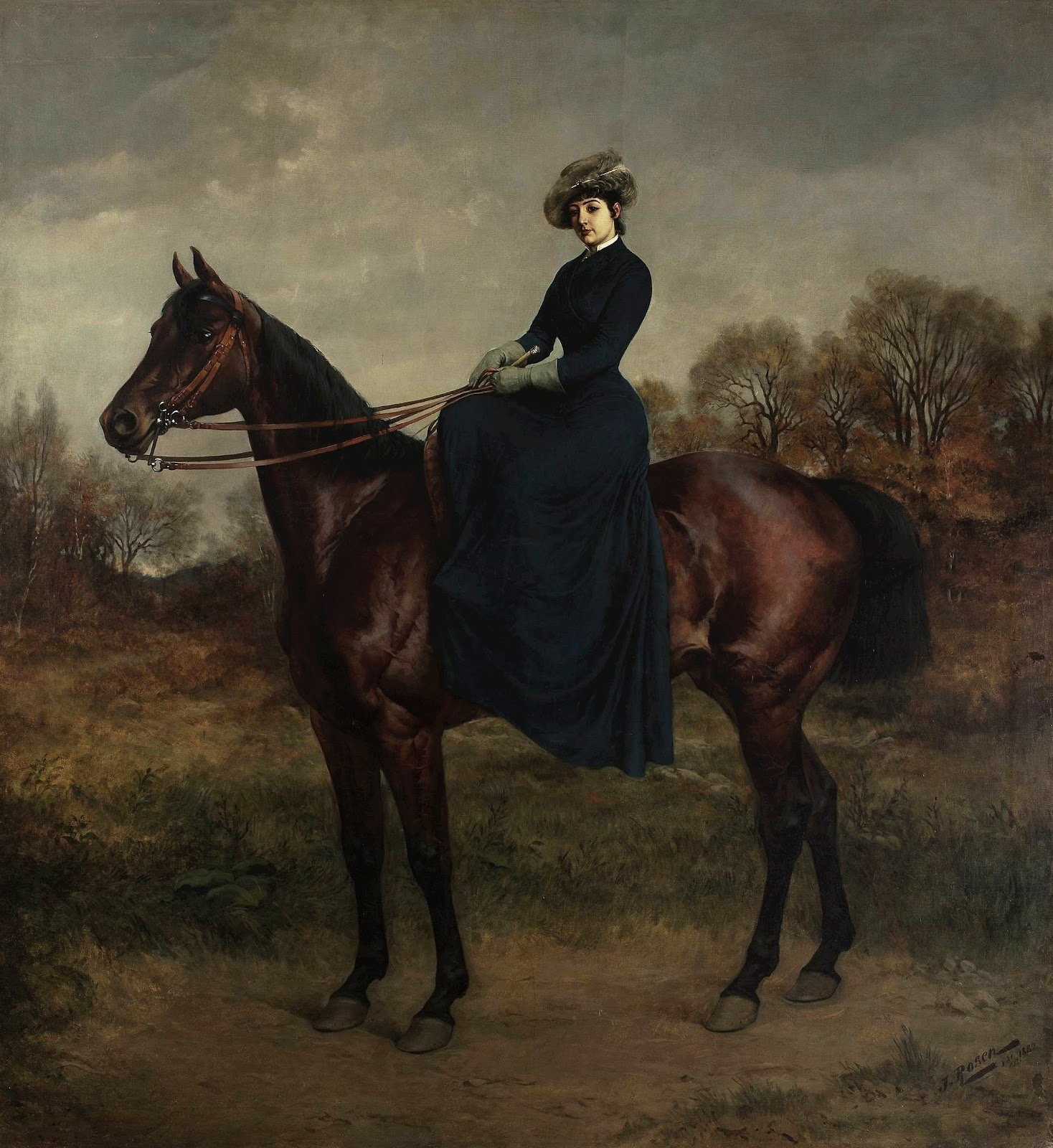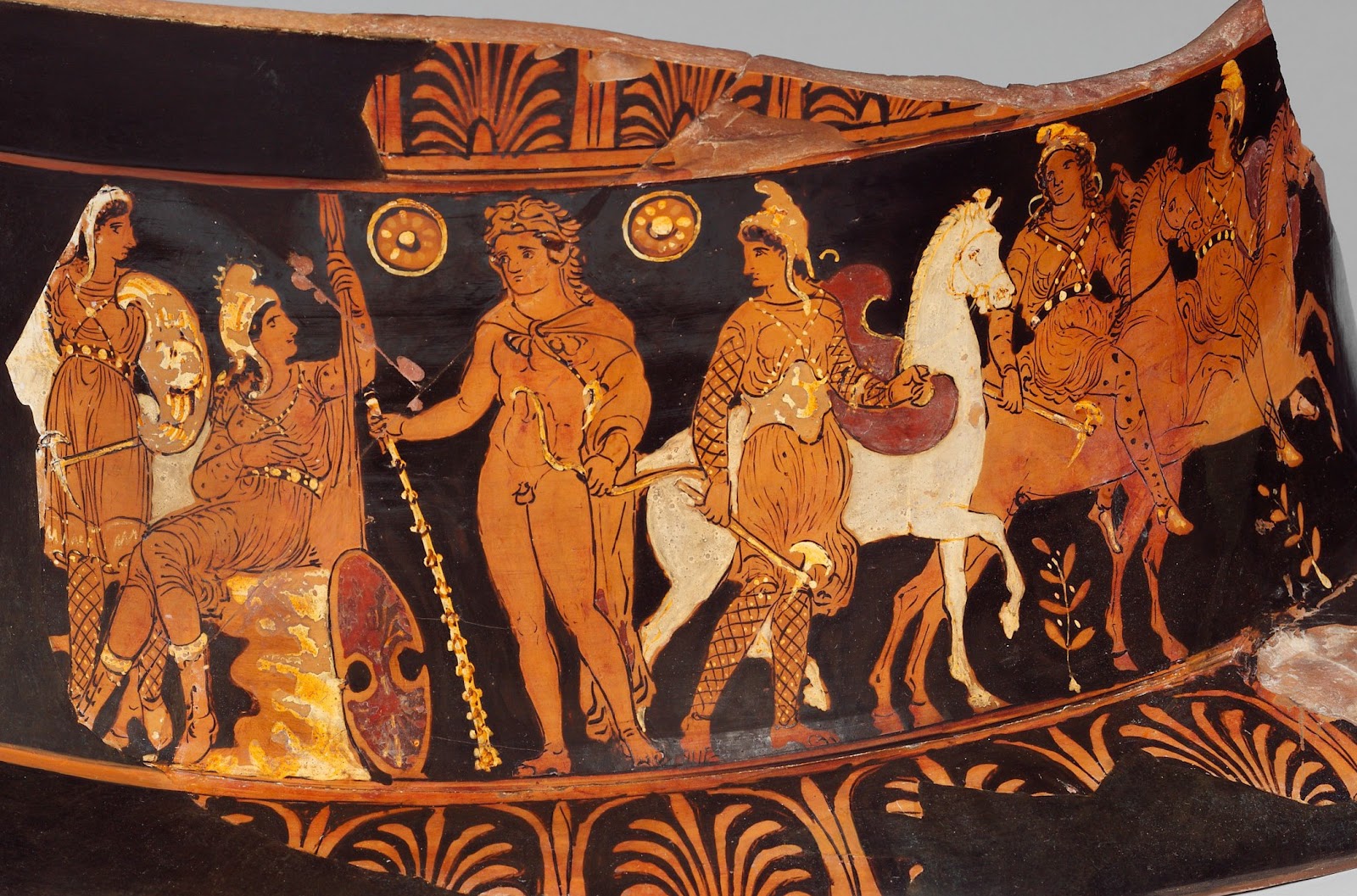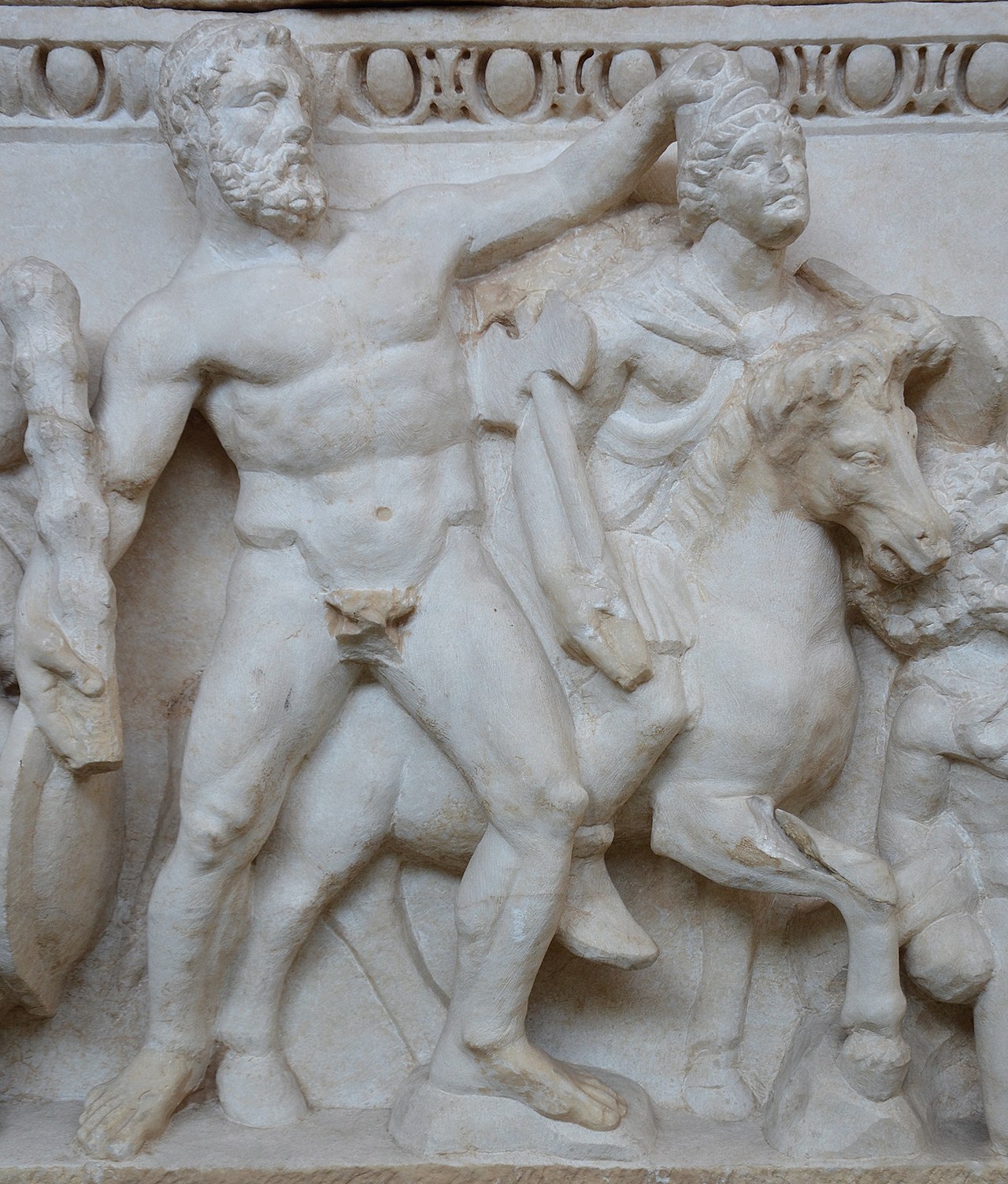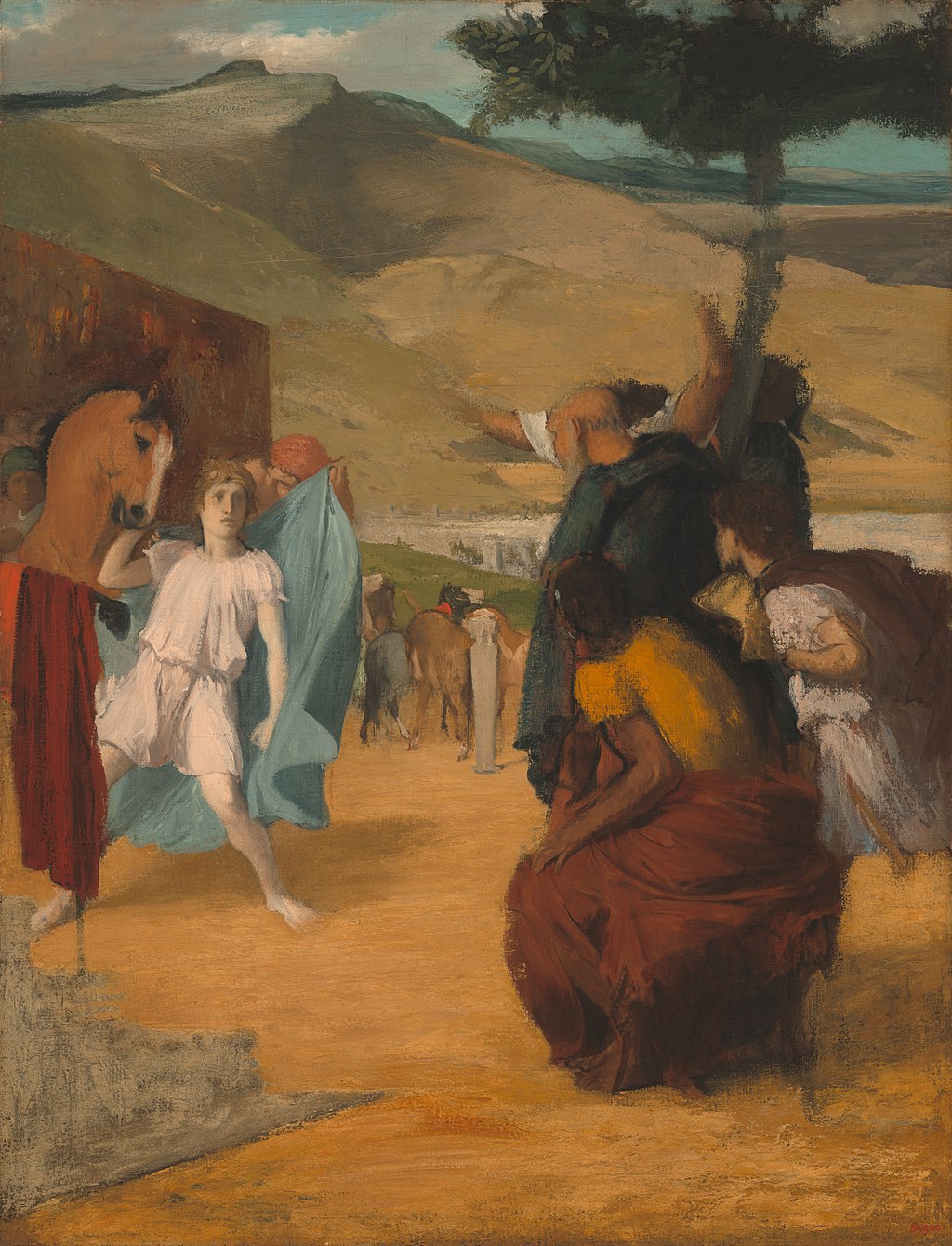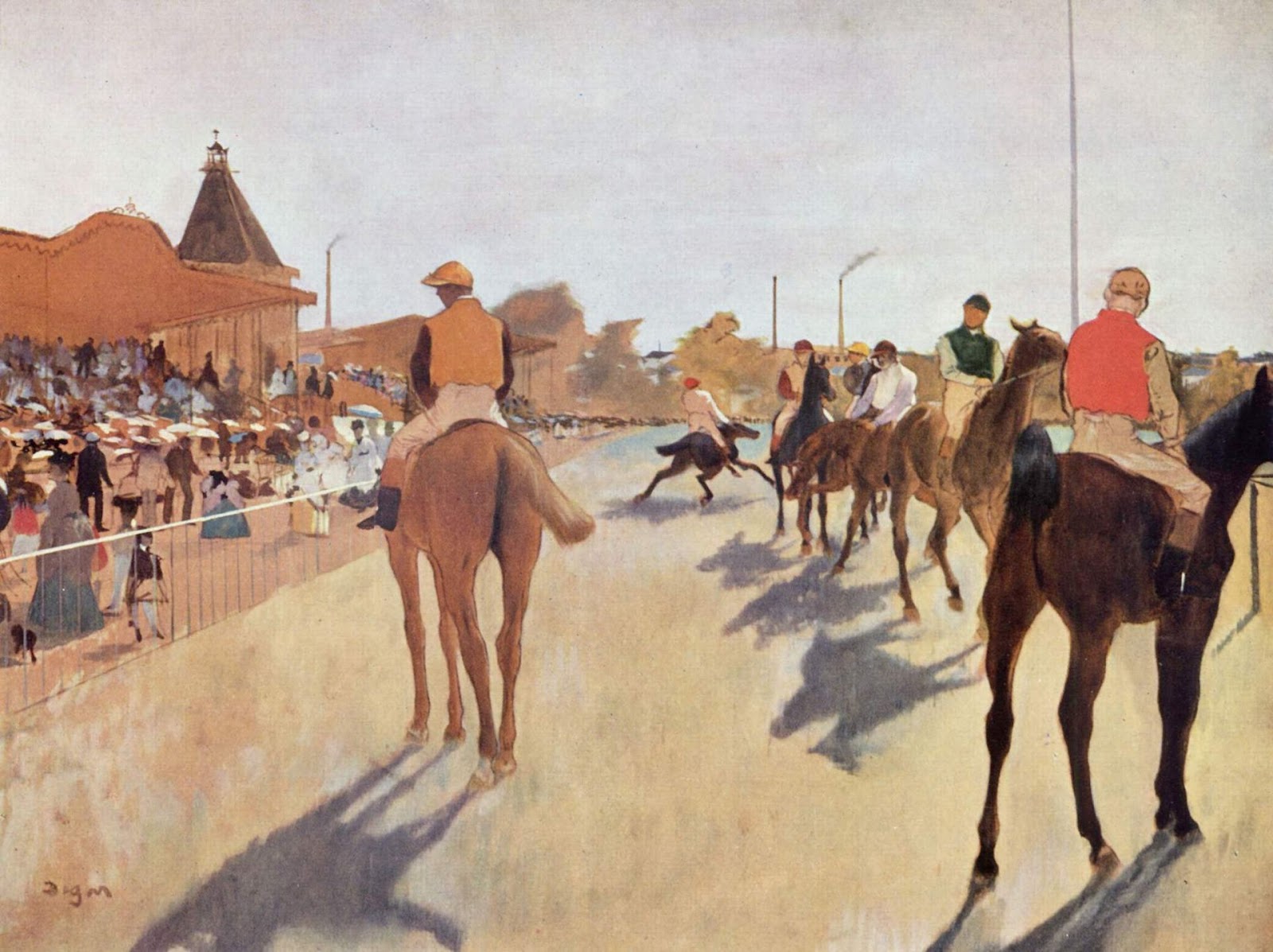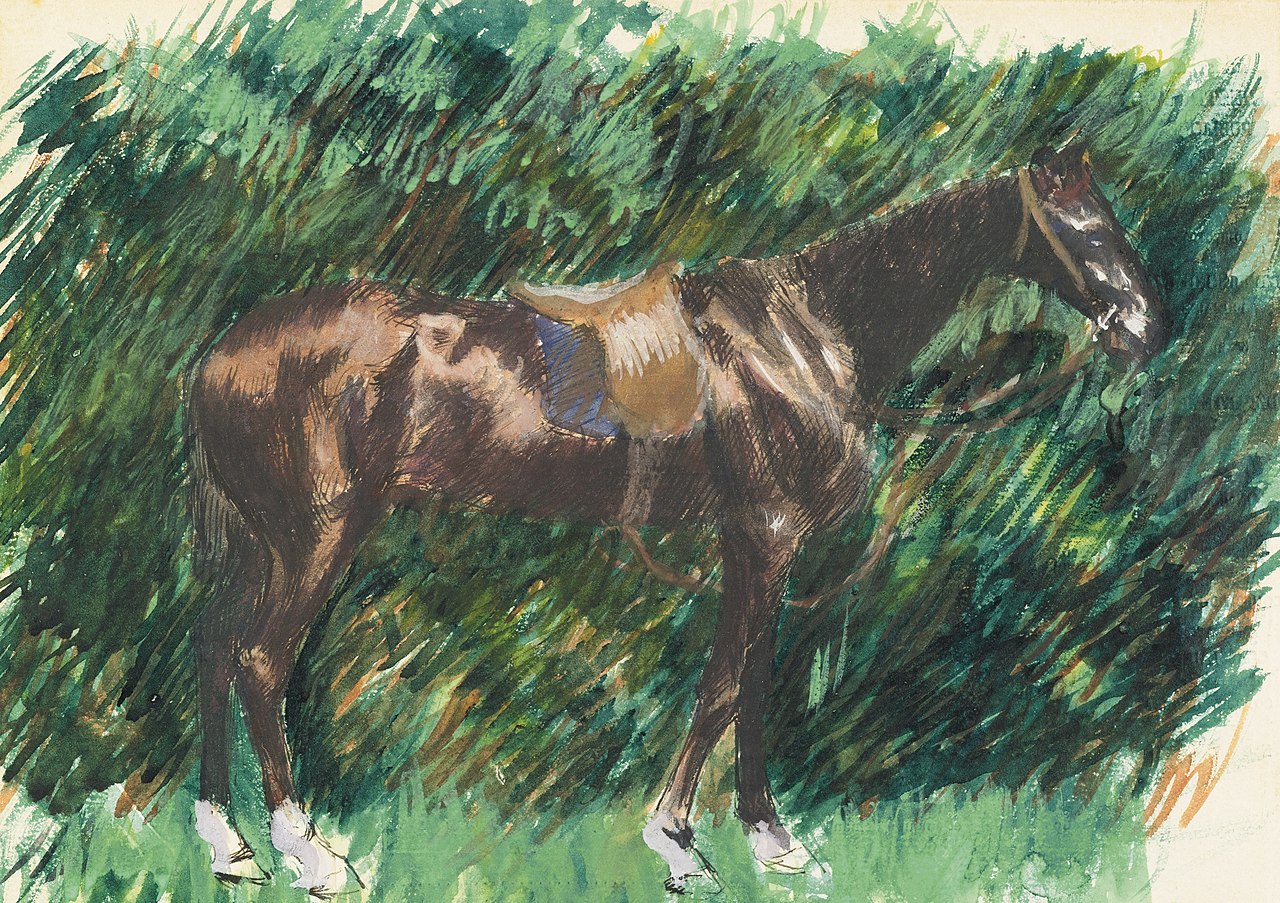Salvete Omnes,
Polish painter Jan Bogumil Rosen (1854-1936) is famous for his equestrian and military-themed canvas - like the the immortal battle of Stoczek.
He also painted portraits (in 1882), and here w have a very large painting - 73,6" by 66,5" (187cmx169cm)
I don't think his art has been published in an album, so it is kind of difficult to find a definitive collection of his life work. There is a collection of Jan B. Rosen' recollections written down by Anna Leo, published in Warsaw 1933. It is in Polish language and available to download on Polona - Polish National library.
His lineage is interesting, on one side he was the descendant of a famous astrologer Jacobus Leo, brought to Krolewiec/Konigsberg (now Kaliningrad), Ducal Prussia, by the Prussian duke Albrecht in the XVI century. His ancestors on maternal and paternal sides originally were of Jewish faith but they converted back in the XVIII century etc to various Protestant denominations. His Warsaw ancestors were native to Warsaw, of wealthy bourgeois family, doctors and lawyers, scientists and artists etc.
per his art studies, Jan B. Rosen was educated under the tutelage of Jozef Brandt at the Academia of Fine Arts in Munich (Polish artists' veritable 'Mecca' during the Partition period) and later in Paris (Adacemie des Beaux-Artes) under Jean-Louis Gerome and Isidoreer Pils.
He was married to Wanda Hantke, daughter of the famous Polish Partition-period industrialist Bernard Ludwik Hantke, and they had one son who was the famous muralist Jan Henryk de Rosen (1891-1982) and two daughters, Zofia who was a sculptor, and Maria.
Have a nice Saturday
Valete

